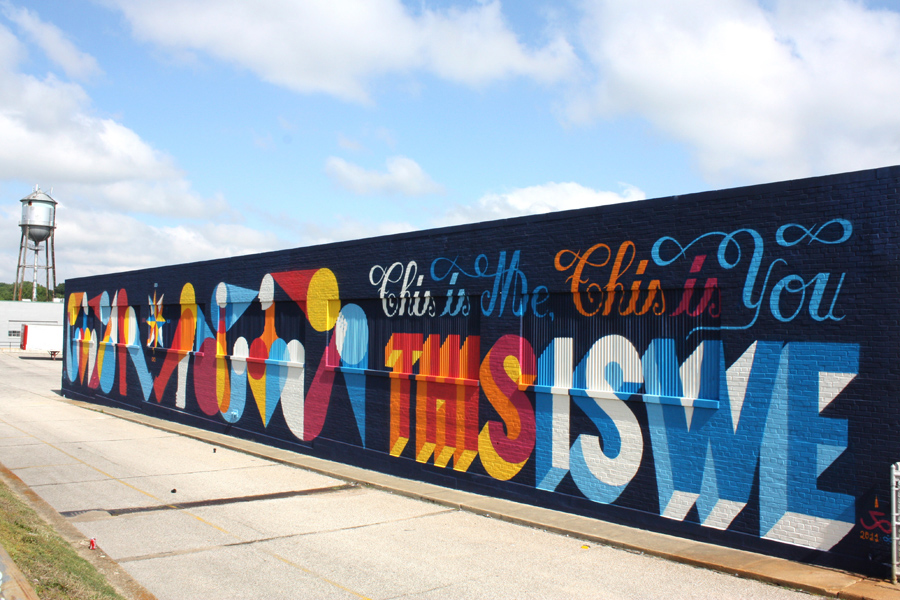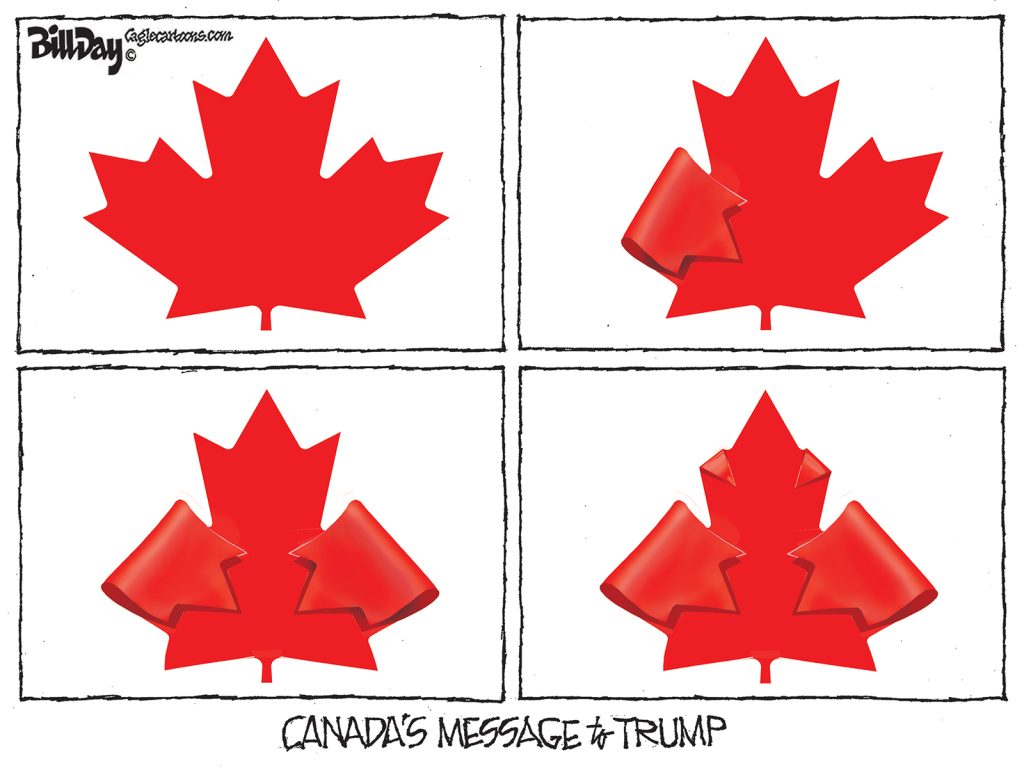Americans for the Arts recently released another of its economic impact studies for arts and culture, and as usual, it invokes mixed emotions.
First, it’s incredible that the total spending by arts and culture organizations and audiences in Shelby County is a remarkable $193 million. Total jobs are 2,823 with an average income of $36,100. There are 14,305 volunteers with an in-kind value of $13.1 million.
That’s $120.7 million spent by Shelby County arts and culture organizations and $72.2 million by audiences attending their events. Along the way, arts and culture spins off $8.2 million in taxes.
And these formidable totals do not even include in-direct economic benefits.
Meanwhile, on a national level, the arts produce $151.7 billion in economic impact and 2.6 million jobs with $29.1 billion in government revenues and $101 billion in personal incomes.
More Than Money
All in all, arts and culture represent a significant economic sector of our local economy, but it’s one that is so often underappreciated and underfunded. If talking points about the importance of arts could be translated into actual financial support here, the term, “starving artist,” could have no application in our community.
While we should all be grateful for the exhaustive data from Americans for the Arts – an indispensable source of data, advocacy, and resources – that make a strong economic case for arts and culture, it also provokes a sense of frustration that we need these financial bona fides to demonstrate to many people that the arts have value.
While it’s good to be equipped with these tangible impacts, they pale in comparison to the intangible worth of arts and culture which defies a dollar value being put on them. It’s been 20 years since the RAND Corporation issued its landmark report that quantified the important intangibles in more specific detail than had been done previously.
As RAND concluded, the benefits of the arts can be seen in cognitive development reflected in improved academic performance and test scores, improved basic skills such as reading, math, and creative thinking, and improved learning; in health benefits that include physical and mental health, particularly among the elderly, reduced stress, and reduced anxiety; and social benefits that benefit social interaction and community identity, build social capital, and volunteerism.
The Intangibles
“People are drawn to the arts not for their instrumental effects, but because the arts can provide them with meaning and with a distinctive type of pleasure and emotional stimulation,” RAND wrote in its report. “We contend that not only that these intrinsic effects are satisfying in themselves, but that many of them can lead to the development of individual capacities and community cohesiveness that are of benefit to the public sphere.”
In other words, the values of arts and culture are enjoyed at a personal level, but more than that, arts and culture seeps into society as a whole where it becomes glue for civic pride that becomes a force for community-building that in turn creates a cohesiveness that allow communities to be more unified with networks of connections that better position it to solve problems and overcome challenges. It’s these shared experiences and language that can help create social bonds and expand the capacity for empathy for people of other backgrounds that can reduce divisiveness and conflict.
Memphis is blessed with an array of arts and culture organizations – from those with their own prominent buildings to those operating out of a house in neglected neighborhoods, from high culture to all manner of arts. All of them matter and the return on investment in those grassroots groups with small budgets is incalculable. They exist on modest expenditures that get lost in economic impact studies but it can be argued that these are backbone organizations whose value defies a dollar value.
There are experiences in the arts that result in housing for homeless men and women, juveniles involved in the justice system who change the trajectories of their lives, elderly Memphians battling dementia who engage in movement and expression from the melodies of young musicians, and more. It is these stories that ripple beyond direct participants to give meaning to neighborhoods, bind together the community’s social fabric, and produce renewed understanding about complex issues like student achievement.
Opportunity for New City Administration
Past studies determined that at-risk students involved in the arts are 23% more likely to attend college than their peers with low arts involvement; 67% of music therapy participants with dementia felt less anxious and reduced their use of medication; 45% of medical institutions offer some sort of arts program; and 18% of low-income neighborhoods with arts and cultural resources have 14% fewer cases of child abuse and neglect and 18% less serious crime.
ArtsFund in Seattle and King County wrote in its “The Social Impact of the Arts Study: How arts impact King County communities”: “Our work identifies where arts intersect with timely social issues such as positive civic and educational outcomes for vulnerable youth; social cohesion in an increasingly diverse and disconnected population; an aging population living longer with diseases; a state of emergency on homelessness; workforce readiness and the future of work; safe, vibrant, and inclusive neighborhoods; and inequitable access to opportunity.”
In other words, arts and culture punches well beyond its weight.
It deserves more intentionality when it comes to the development of public policy and civic strategies. It’s an important opportunity for the new Paul Young Administration of City of Memphis, which can support and provide seed money for new organizations with a specific equity-focused purpose and to fund capacity building that could bring promising arts groups to scale with cross-sector coordination and partnerships, It begins with the new mayor making it part of his perspective and his vocabulary in ways that raise awareness within city government about the positive role that arts and culture can play if worked specifically into public goals.
Our Own Declaration of the Right to the Arts
Perhaps, the Young Administration could adopt its own version of Article 27 of the Universal Declaration of Human Rights that was created just over 75 years and says every person has “the right freely to participate in the cultural life of the community, to enjoy the arts, and to share in scientific advancement and its benefits.”
Research has proven conclusively the power of arts and culture and the power it can play in a city like Memphis. After all, if Memphis is known internationally for anything, it is for culture, the kind of culture which gave birth to musical innovations that became our most profound export to the world.
Listening to W. C. Handy on the roof of the Falls Building, B. B. King on Beale Street, the hypnotic beat of Booker T and the MGs, or Elvis Presley at the Coliseum, or viewing yet another impressive exhibit by College of Art instructors or the Carroll Cloar exhibition at Memphis Brooks Museum of Art, no one was wondering what the economic impact of that experience was. Rather, it was a deeply personal experience enriched by the opportunity to share it with other people. In this way, it could become an artistic and cultural thread that would come to bind together our prideful identity as Memphians.
The deep cultural reservoir that produced so much cultural and arts riches in the city’s history is not a “once upon a time” convergence of talent and art that can only be seen in a rearview mirror. To the contrary, there is a cultural and artistic vein that runs through Memphis as surely as the Mississippi River runs beside it. All it needs is policy, planning, and investment to expand, open wide, and reposition our authentic arts and culture assets and systems.
And you can’t put a price on that.
****
Join us at the Smart City Memphis Facebook page and on Instagram for blog posts, articles, and reports relevant to Memphis.



